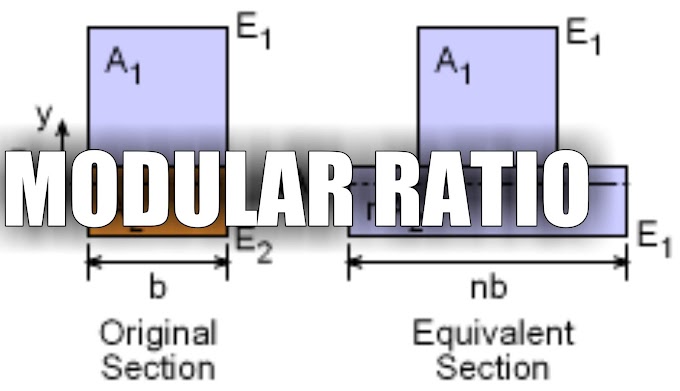
There is a total of four types of settling based on how the solid particles interact with each other and what is the concentration of these solids. The name of these settling are
1. Discrete settling
2. Flocculent settling
3. Hindered or zone settling
4. Compression settling
Discrete settling
This is also called as sedimentation. Sedimentation is the process of separating the suspended material from water under the action of gravity.
The organic suspended matter present in the sewage usually has a specific gravity greater than 1. In flowing sewage water these heavy particles tend to move and remain in suspension however, in still water they settle down. Therefore, the settling velocity of the sewage is the governing design criteria of a sedimentation basin.
Flocculent settling
The very fine suspended particles present in the sewage are not removed by the plain sedimentation. Therefore, some chemicals are added in the sewage which can form a gelatinous precipitation. This gelatinous material is called floc and the chemicals added are called as coagulant. The most commonly used coagulants are ferric chloride, ferric sulfate, alum, and chlorinated copper ash.
The fine suspended materials get attached to these gelatinous materials forming a bigger size of the particle. The process of mixing chemicals is called coagulation. This coagulated sewage is then passed through a sedimentation tank and the flocculated particles settle down.
Hindered or zone settling
This type of settling occurs when the concentration of flocculated particles is in the intermediate range. Due to intermediate concentration, they are close enough and their velocity fields get overlapped. Particles remain at their position but the whole mass settles as a single unit. One of the examples of zone settling is the settling of sludge in SST after treatment in ASP.
Compression settling
Here the concentration of particles is so high that they are practically in contact with each other. The particles are in physical contact and the particles in the lower layers support the weight of the upper layer. The settling occurs due to the compression of the upper layers on the lower layers. One example of this type of settling takes place at the bottom of SST after treatment in the Trickling filter.





0 Comments